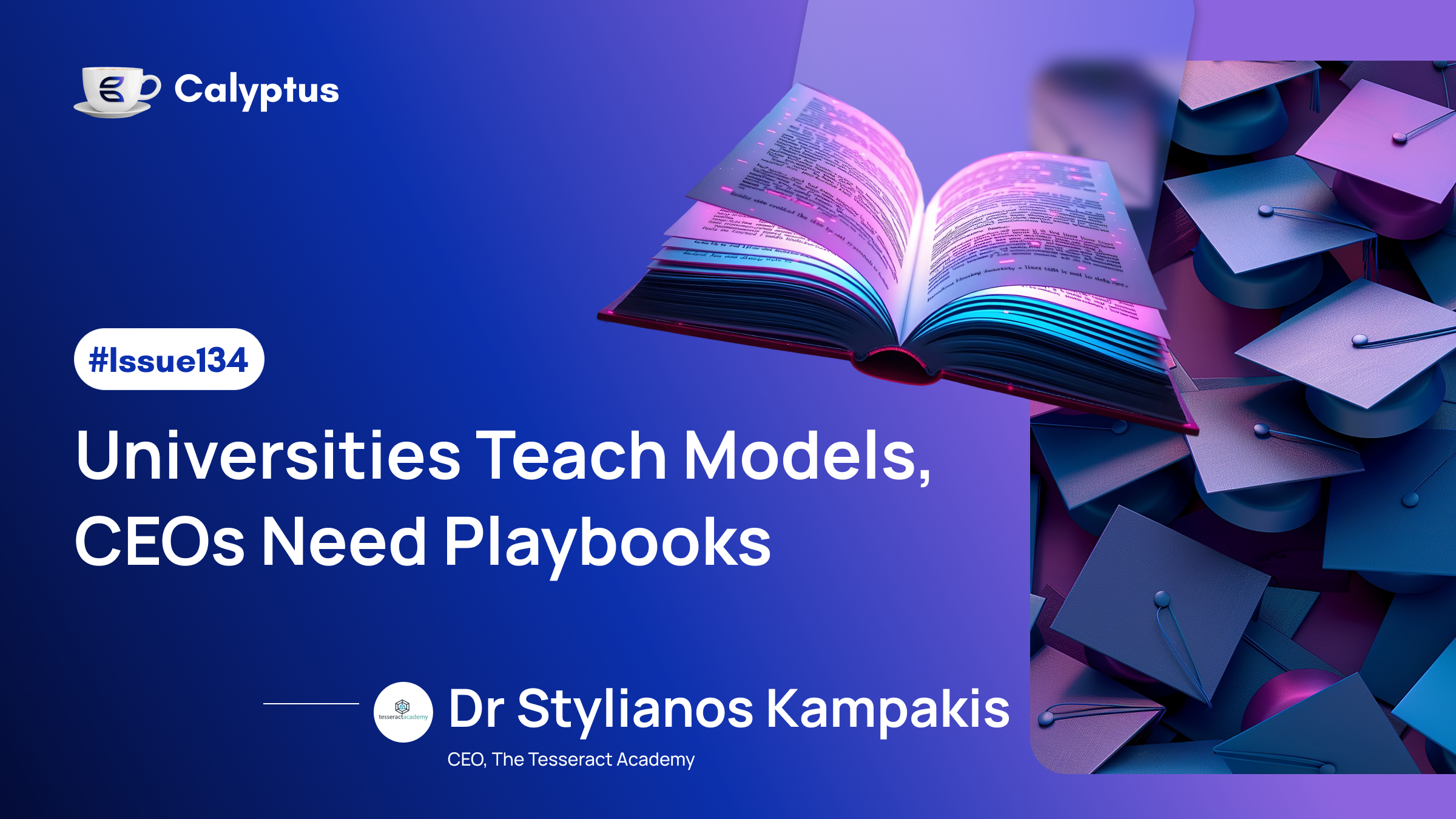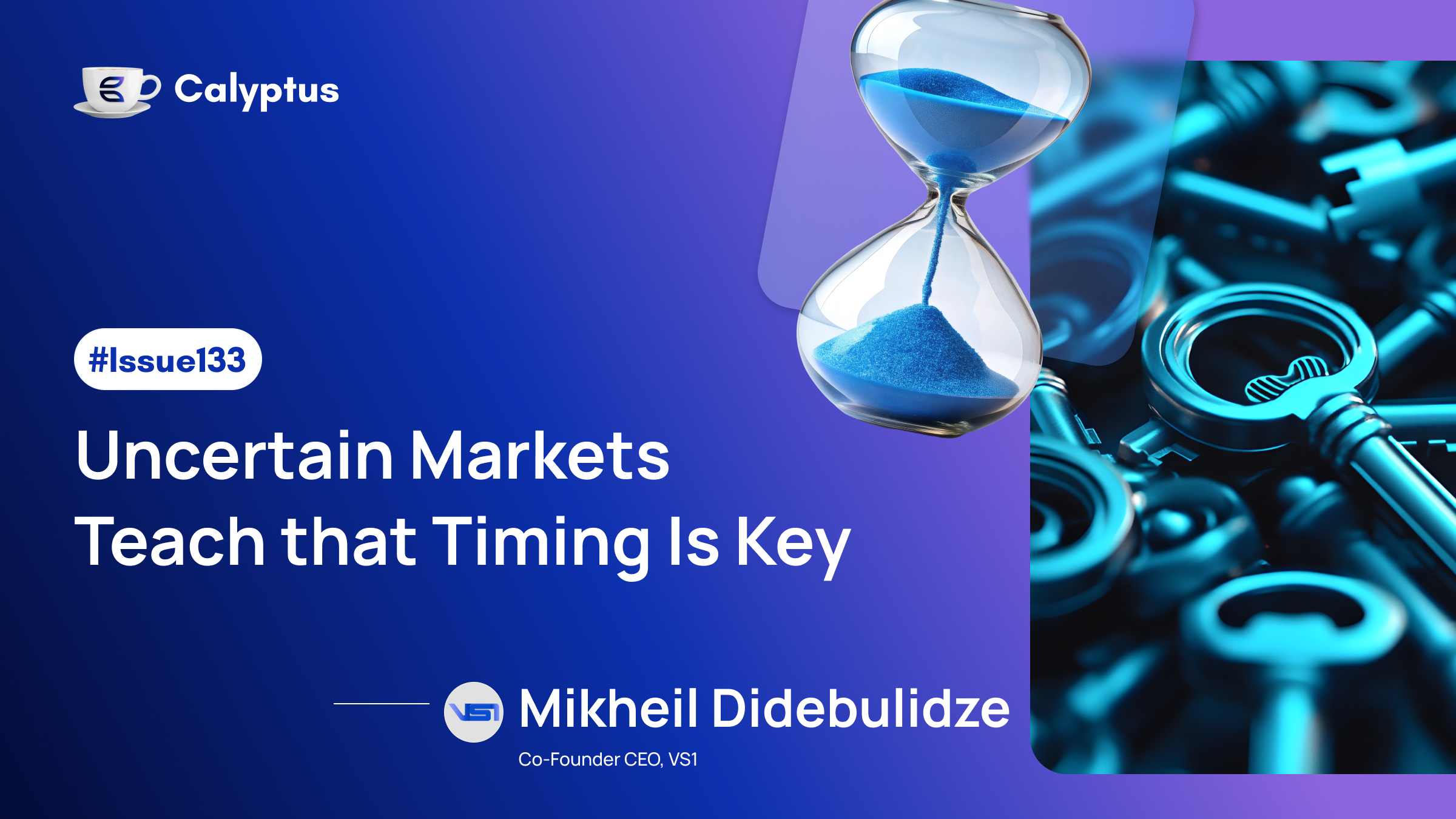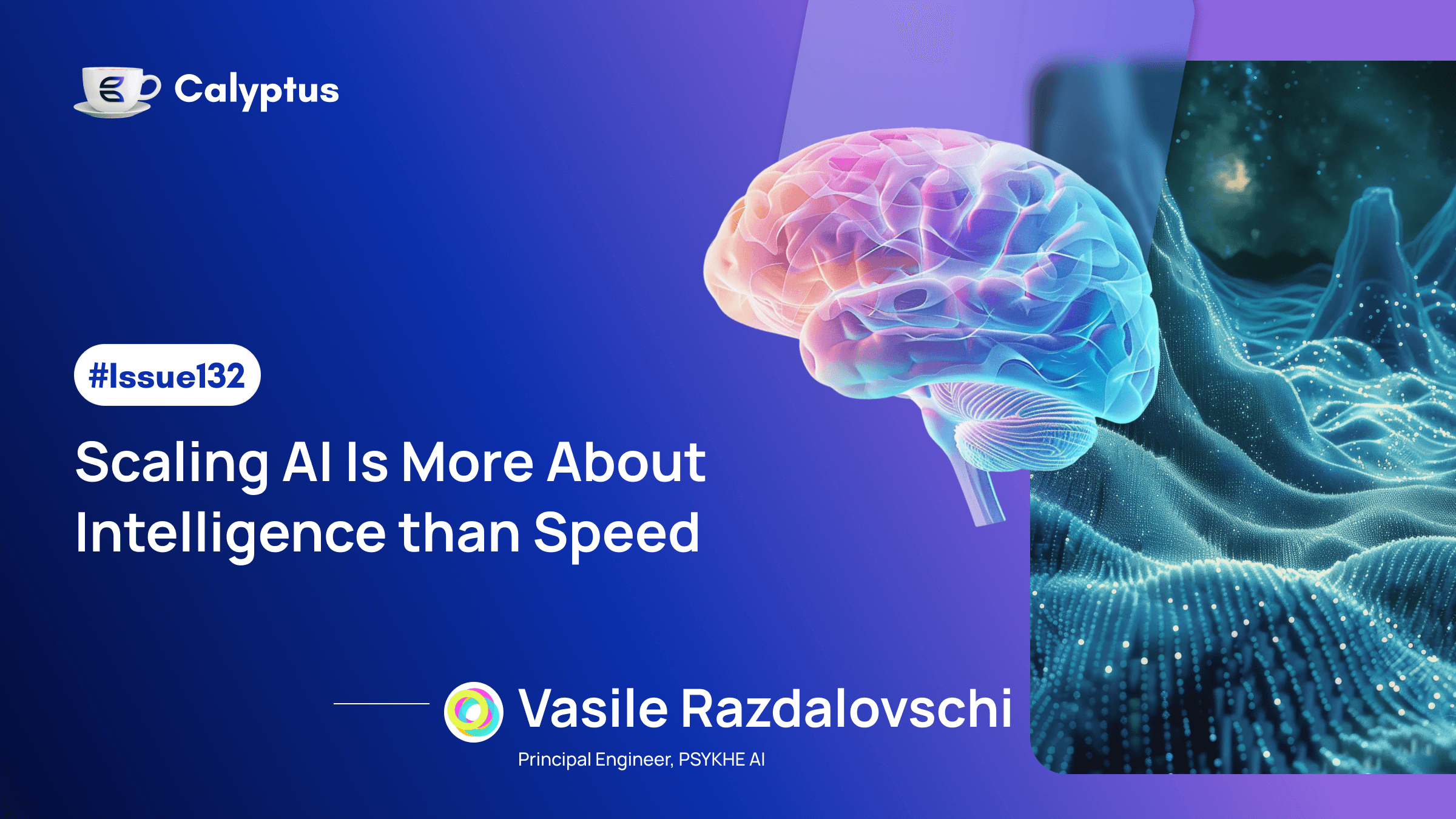The “Strong hire, broken context” problem
Great individuals can do wonders in high-functioning systems. But even the sharpest minds struggle when handcuffed by:
- Brittle or opaque workflows: When processes fragment information, impose bad defaults, or force chaotic handoffs, decision quality deteriorates.
- Cognitive overload: Poor workflows throw too much noise at decision-makers (alerts, context switching, unfiltered information), diluting focus.
- Lack of feedback loops: If decisions aren’t connected to outcomes (e.g. performance data), even talented people devolve into patternless guesswork.
This isn’t hypothetical. In software engineering, a recent study using the SPACE of AI framework found that developers using AI tools saw productivity gains but only when team-level adoption and organizational support existed, not in isolation. In other words: tools only help when the system around them enables consistent use, feedback, and alignment.
Similarly, in one longitudinal enterprise experiment, integrating AI for code review reduced review cycle times by ~31.8%, but only once adoption reached critical mass and feedback became embedded in the process. Without process support, early users improved, but the benefit plateaued.
These examples illuminate a broader truth: tools amplify what’s already allowed by systems.
How Workflows Constrain Judgment in Hiring
In hiring, decision quality is deeply sensitive to process structure. Here’s how poor workflows weaken judgment, no matter how capable the person:
1. Forced shortcuts & default heuristics
When hiring workflows push volume (lots of resumes, tight timelines), humans rely on heuristics: top school, years of experience, superficial keywords. That advantage of a “smart person” shrinks under pressure.
2. Disjointed data & context loss
If evaluation data (resumes, assessments, feedback) lives in silos, interviewers lack context. You lose continuity, each step is blind to prior findings, so judgments regress to surface impressions.
3. No calibration & hidden drift
Without feedback loops (e.g. assessing hires’ performance, retention), even skilled recruiters drift. What “good judgment” means shifts subtly, unmeasured. Once drift creeps in, inconsistent decisions emerge.
4. Lack of transparency and auditability
When decisions can’t be traced or revisited, accountability slumps. People revert to “I went with my gut” because they never face scrutiny or learn from mismatches.
5. Bottlenecks and rework loops
If the workflow has choke points (e.g. manual reviews, approvals, misrouted assessments), people get fatigued or automate defensively. Good judgment yields to risk avoidance or rubber-stamp passes.
What Better Workflows Look Like (and Why They Matter)
To unlock human judgment, workflows must be intentionally designed. Here’s what high-leverage environments enable:
1. Structured decision paths with guardrails
Define decision stages, required artifacts, and calibration checkpoints. Don’t let someone skip from resume to offer without alignment. These structural constraints reduce noise and force clarity.
2. Continuous feedback loops
Tie hiring decisions to post-hire metrics (performance, retention, mobility). Use that data to recalibrate scoring models, interviewer weightings, and decision strategies. Let the environment correct judgment drift.
3. Embedded context flows
Ensure every decision point carries relevant history: candidate evaluation scores, interview transcripts, flagged concerns. Avoid context resets. Decision continuity boosts consistency.
4. Audit logs & transparency
Capture how decisions were made: who rated, which features weighed more, deviations. Transparency disciplines judgment and surfaces bias. Over time, you build institutional memory about what works.
5. Intelligent automations & agents
Let AI handle guardrails (detect conflicts, flag inconsistencies, surface low-confidence areas). In this mode, AI supports judgment rather than replacing it. Pega describes AI workflows as sequences embedding intelligence and decision support across steps. Microsoft argues that AI-powered workflows bring clarity and speed to business decisions when properly integrated.
The Productivity Paradox: Tools Only Help When the Workflow Allows
Deploying AI productivity tools doesn’t always raise output. Many organizations find that reliability issues, integration gaps, or misalignment nullify expected gains. IT Pro Likewise, builders of AI workflows emphasize that “automation” doesn’t guarantee better decision-making what matters is how the tool fits the process.
That aligns with observations in knowledge work: gains come not just from new tools, but from the ecosystem shared vocabularies, aligned metrics, feedback loops, accountability. In that sense, workflows shape whether tools succeed or fail.
What Real Leaders Must Do
- Audit your workflows first, tool second
Before adding AI or automation, ensure structural integrity. If your process is leaky or inconsistent, tools will amplify flaws. - Instrument every decision node
Collect data at each stage. Vote breakdowns, variance in scores, decision overrides. Use that data to expose blind spots. - Calibrate continuously
Regularly compare predictor decisions versus actual outcomes. Reset weights, norms, and expectations. - Design for context flow
Don’t let downstream decision-makers reinvent judgment. Surface past inputs, flags, anomalies. - Layer AI as overseer, not dictator
Use agents to flag anomalies, guard consistency, or surface uncertainty, but leave final judgment to humans in complex cases. (Agentic AI gives you autonomy with constraints.) - Foster a culture of process humility
Promote reflexivity: asking “is my decision influenced by a bad process?” more often than “am I smart enough for this call?”
Final Thoughts
Talent is necessary, but not sufficient. Workflows are the invisible architecture that shape how, when, and whether brilliance survives. You can’t ask for better judgment while leaving processes unexamined. In 2025, the most powerful lever you have isn’t the next hire, it’s the next iteration of your system.
If you like, I can turn this into a slide deck for your leadership, or build a rubric to evaluate your current hiring workflows. Which moves you more?
Source
ITPro. AI Tools Are a Game Changer for Enterprise Productivity But Reliability Issues Are Causing Major Headaches. ITPro, 2025. itpro.com




